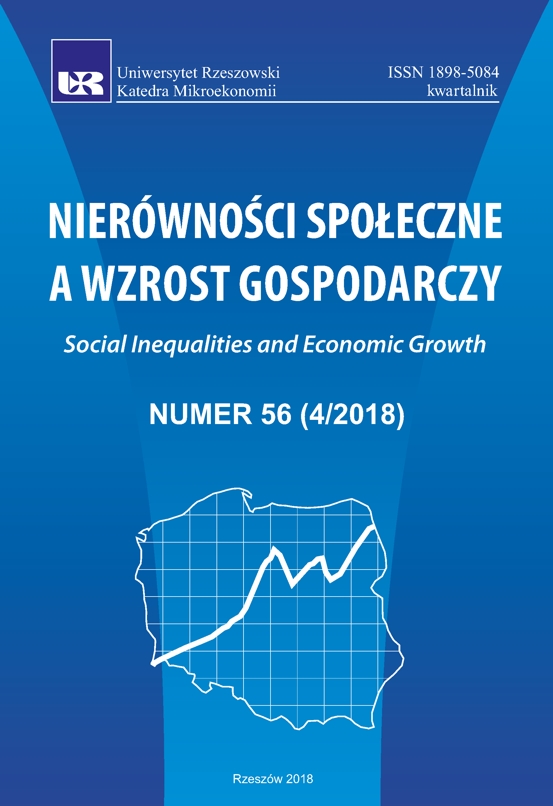Non-cash payments in public administration units
DOI:
https://doi.org/10.15584/nsawg.2018.4.15Keywords:
payments, non-cash transactions, public administrationAbstract
Non-cash trade is an important indicator of the level of economic development in a country. Non-cash payments in the last years have gained significant social acceptance, and at the same time are developing intensively. Among the benefits of non-cash transactions for the economy and public administration and citizens, we can distinguish: greater convenience of citizens, more friendly citizen service, lower costs and time savings, transaction and citizen security, crime reduction, higher revenues to the state budget and local budgets, positive impact of the development of local investments, improvement of the office’s work, positive impact on the perception of the office by citizens. Among the types of non-cash payments, we distinguish direct payments (eg at the office) and remote payments (eg electronic transfer, payment by card, payment by mobile application). Ministry of Development in cooperation with Krajowa Izba Rozliczeniowa S.A. (KIR) since 2017, has been carrying out work within the framework of the Program for the promotion of non-cash payments in public administration units. The program applies to voivodship offices, marshal offices, city and commune offices, poviat starosts and the Police. As part of the Program, a model for acceptance of non-cash payments has been prepared using POS terminals and using WebPOS Paybynet in public administration units, which is free both for the office and payers. By the end of the first quarter of 2018, over 1.4 thousand offices had joined the “Program” – more than 50 percent all offices in Poland. Contracts for the installation of POS terminals or WebPOS Paybynet were concluded with 1165 offices.Downloads
Published
2020-11-13
How to Cite
Magdoń, A. (2020). Non-cash payments in public administration units. Social Inequalities and Economic Growth, 4(56), 188–199. https://doi.org/10.15584/nsawg.2018.4.15
Issue
Section
Articles
License
Copyright (c) 2018 University of Rzeszow

This work is licensed under a Creative Commons Attribution-ShareAlike 4.0 International License.


